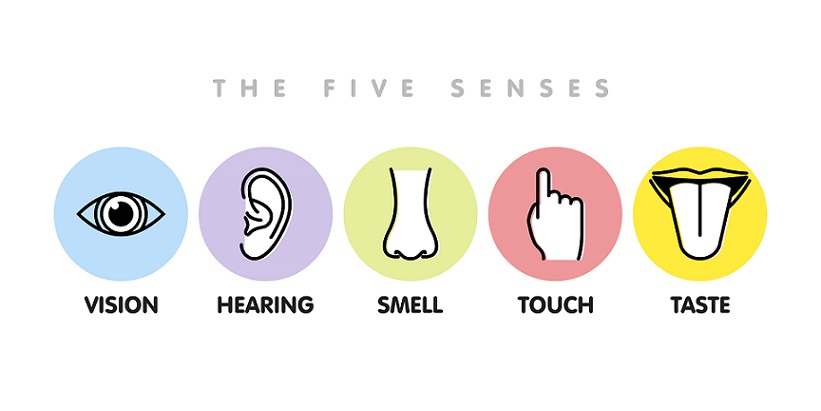Walking Meditation:
Meditation is not limited to sitting, or lying down (done often in sound-bath meditation). In fact, mindfulness meditation can be practiced in almost any space and in a variety of ways. You can even do a quick meditation session in your car, work, at home or even the beach! But, to some individuals surprise, you can even meditate as you walk. Let’s introduce you to, walking meditation.
Many times throughout the day, you might find yourself saying, “I need a moment to clear my mind,” or “I’ll take a brief walk outside for some fresh air.” These statements serve a purpose, often linked to stress and the desire to take a break from the hustle and bustle of our surroundings. Perhaps it’s also about relishing the beauty of a pleasant spring day.

Instead of using your phone, listening to the latest podcast or music, why not attempt to really take in and explore your thoughts. Sync you body and mind. Instead of walking aimlessly away from your emotions, why not confront them, figure out why they are there, what triggered them, and how we can recover and learn to cope with the stressor(s) at hand.
Interesting Tidbit’s About Walking
A 2017 study showed that forms of exercise (like walking as it pertains to this article) is more effective at relieving bouts of anxiety when done in concurrence with meditation, or where meditation is performed before or after the exercise.
Walking itself, offers a host of health benefits, but when combined with meditation you can better connect your mind and body. In fact, one study even compared the effect of Buddhist walking meditation vs traditional walking effect on blood sugar levels and circulation. In conclusion, the Buddhist walking meditation “produced several favorable benefits often superior to traditional walking, in patients with type II diabetes”.
You can take this time to get in tune with yourself and the present moment. Why not take what is a normal routine and turn it into a mindfulness activity?
The following article will provide you knowledge about walking mediation and ways to perform this stress-reducing activity.
Starting Your Walking Meditation Practice:
Walking meditation, although seemingly simple, involves specific steps that are crucial for a successful practice. Keep in mind that meditation is a discipline for training the mind, so in walking meditation, our focus remains firmly on the present moment.
Unlike other forms of meditation, you’ll keep your eyes open in walking meditation, utilizing elements like the rhythm of your steps and the awareness of your breath to anchor your attention in the present moment.
In the following guide, we will outline the essential steps and offer valuable tips to help you master the art of meditative walking.
Related Article: Meditation Breeds Confidence: Meditation for Confidence, Self-Esteem, and Self Worth!
Meditating while walking, along with meditation in general, can be performed in several ways. The following instructions will introduce you to the basics of this practice.
1. Figure Out Where You Will Meditate
Before diving into your walking meditation, it’s essential to choose an appropriate location. While this practice can be done almost anywhere, it’s still wise to be selective about your meditation environment, even when you’re on the move.

Meditating in a bustling location with heavy traffic can be challenging, especially if you’re new to this practice. However, it is possible to engage in a walking meditation session in a city setting, even at a fast pace.
Check out this great guide to meditation walking in the city, over at Headspace!
Due to the fact you’re focused in the present moment, breath and syncing your mind-body, it’s important to be cognizant that you’re not in a stationary position, so be mindful.
You can even do a brief mindfulness meditation or transcendental meditation prior to walking meditation. You should meditate somewhere that is peaceful, and somewhere that will allow you to modify your pace and even walk back and forth.
Before you begin, attempt to ground yourself for a moment through your breath.
2. Commence Your Walk
Initiate your walk.
As you move, bring your attention to your senses. Concentrate on the sensations within your body, noticing the various feelings as you take each deliberate step. You have the freedom to choose the distance you wish to walk—whether it’s an extended journey or a short stroll. In fact, you can even practice walking meditation within the confines of your own home. There’s no one-size-fits-all approach to this practice; it’s adaptable and personalized to suit your preferences.
Consider the path you follow: Do you walk in a straight line, in a circular motion, or back and forth along the same route? While walking, pay close attention to the tactile feedback of each step against the ground beneath your feet.
Related Article: The Role of Meditation for Stress Management: Everything You Need to Know!
3. Stay Mindful of Each Step
Walking meditation requires more than just walking. Instead, you want to stay mindful of each step you take. You can even count your steps, taking notice of each aspect of your walk.

If your mind starts to wander, gently redirect your focus to your walking rhythm. Be mindful of how you’re feeling and pay close attention to your gait. Maintain a confident stride and observe your posture as you carry on.
For instance, notice the sensation as your foot lifts from the ground and then makes contact with it again as you take each step. Observe how it rises, propelling your body forward slightly. While these details may appear insignificant, placing your attention on the mechanics of your walking will not only keep you rooted in the present moment but also serve as an anchor to bring your mind back if it starts to stray.
4. Consider Speed and Body Position
After you take notice of how your feet and body work as one, you can even walk at different paces, as long as you are in the here and now, switching gears slightly will not matter.

Most individual’s tend to keep walking meditation at a slower pace, however an extremely slow or faster pace is possible as well. Don’t just focus on speed however, notice your posture.
Arm and hand placement should also be noteworthy. While some will choose to walk “traditionally” with there arms by there sides, you may also choose to clasp your hands behind your back, or hold them in front of you as you walk.
Related Article: Meditation Anywhere! Ideas to DIY an Outdoor Meditation Space
5. Hone In On Your Other Senses
When you walk, take note of not only the senses you feel from your body, but the things around you. Tune in to what is going on, like cars going by, nature, and other sights and sounds. However, the goal here is to not think about them extensively, it’s simply to acknowledge there awareness.

Your own breath may not be a focus, like in traditional meditation practice, instead we use the things around us to keep us present, but not to let them become our focus. Our focus in walking meditation is usually our rhythmic walking motion.
6. Stay In The Moment
It is normal for your mind to wander during any type of mediation. During a walking meditation session though, this is especially true. There are all kinds of distractions that could set off a new train of thought, and with so much to take in, you could easily get lost in thoughts or emotions.

Consistent body checks may be one thing that can help keep you anchored in and focused. This is, like traditional meditation, a time to consistently connect your physical self to your mind.
So try to stay anchored in on the present. Stick to what is happening right in front of you. Pick a sensation to focus on and go back to that when your mind begins to drift off.
Final Thoughts
Walking meditation requires patience and practice. Initially, you might find it challenging to grasp this style of meditation, but with consistent effort, you can enhance your focus and attention. Over time, you may even notice positive changes in how you respond to and cope with stressful situations.
We recommend starting with a slow pace. This allows you to keenly observe the sensations in your feet. Keep it simple—pay attention to how your feet move forward one step at a time, allowing your mind to synchronize with the rhythm of your feet and your chosen pace.
Before embarking on any walking meditation, take a moment to assess your surroundings, as safety should always be your top priority.
Thank you for visiting, and we look forward to having you back soon.
Please share any meditation strategies you may use in the blog comments section
References:
- https://www.headspace.com/meditation/walking-meditation
- https://www.meditationoasis.com/how-to-meditate/simple-meditations/walking-meditation
- https://journals.sagepub.com/doi/10.1177/0890117117744913+
- https://www.sciencedirect.com/science/article/abs/pii/S0965229916300346?via%3Dihub
- https://www.headspace.com/meditation/walking-meditation



